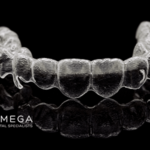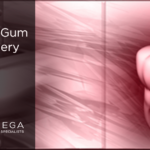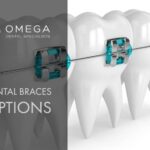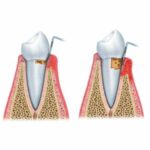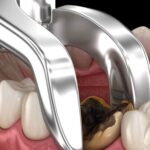What Are Root Form Dental Implants?
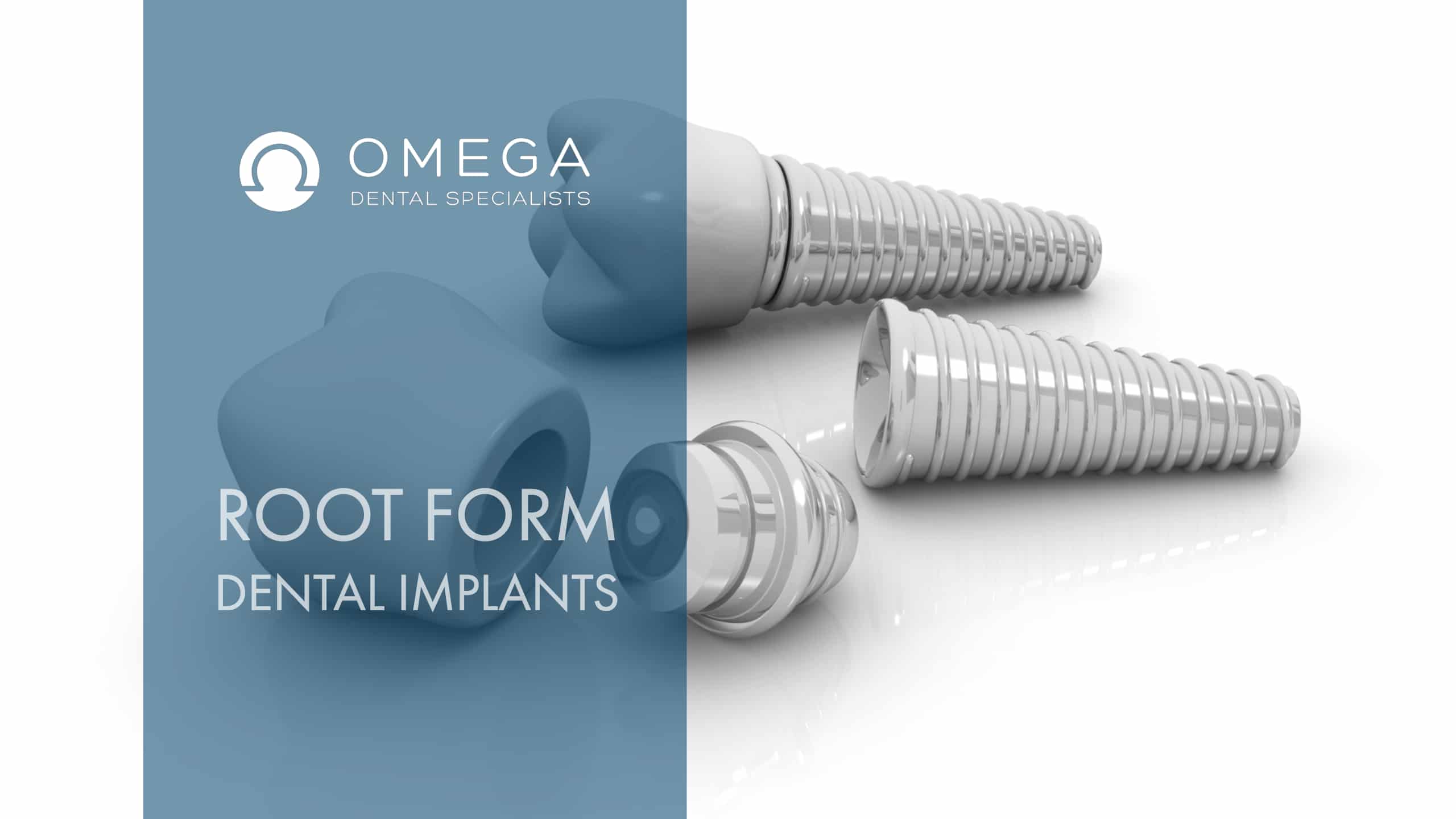
Table of Contents
How Did Root Form Implants Become a Reality?
Endosteal dental implants, also known as root dental implants, are made of a biocompatible material placed into a bony ridge primarily as a prosthodontic base or foundation. “Endo” translates to “in,” while osteal is the scientific word for “bone.” The category of such implants are root form implants, and endosseous is another adjective describing bone (although both terms can be used). Lots of endosteal implants have been manufactured and are commonly used including tapered forms, as pin shapes or as plates in what amounted to a crude dental implant procedure.
We offer Free Consultation & X-Ray When You Book Online
History of Dental Implants
Endosteal implants shaped like a tooth root today are designed most often in the restoration of partially or fully edentulous implants. The desire has always been to replace teeth with things like the root of a tooth. Implant dentistry is the second oldest discipline in dentistry (oral surgery is the oldest). Root form implant history dates back thousands of years and includes civilizations such as the ancient Chinese employed wooden sticks as pegs, out into jawbones as teeth. Egyptians at long ago used precious ferrous metal substances such as gold with such designs. Bones were found in European digs with metal teeth using a tooth peg design that dated back to early Christianity. Indians from the Americas took pieces of shells from the sea like early Chinese and them as replacement parts for lost teeth.
In other words, history shows that it has always made sense to replace a tooth with an implant in the approximate shape of a tooth. In reality, if the lay public were given a choice to replace a missing tooth with an implant or to grind down several adjacent teeth and connect them with a prosthesis to replace a missing tooth and then attempt to make the adjacent teeth look similar to the condition prior to their preparation, the implant would be the obvious choice. Maggiolo introduced the more recent history of implant dentistry in 1809 with use of gold in the shape of a tooth root. In 1887, the use of porcelain inserts into which coated platinum items were placed. Many materials were tested at the beginning of the 20th century including metals like silver, brass, copper, gold and plated steel. Corrosion of some metals caused electrolytic results in tissues.
The first device using a root form differed a bit from the shape of a tooth root was a latticed-cage design in the early 1900s. It was also the first two-piece implant, which separated the abutment from the endosteal implant body at the initial placement. The surgery was designed to use a calibrated trephine bur to maintain an inner core of bone within the implant body. The implant crown was connected to the implant body with a nonrotating internal attachment after a few weeks. Reports indicate this implant had some successful uses.
Seventy-five years later, this implant design was reintroduced by Europeans and later by United States companies. Cobalt chromium molybdenum alloys were sued in implantology in the 1930s when a single maxillary left incisor tooth with a root form was replaced. The one-piece implant that lasted more than 15 years. A direct bone-implant interface to titanium was initially called bone fusing and was first reported in 1940. In 1946, the first titanium, two-piece screw implant was initially placed. The abutment post and individual crown were added after complete healing. The desired implant interface described was a direct bone-implant connection, which was called ankylosis. The first submerged implant placed was still functioning 40 years later.
Contemporary Dental Implants
Today, the term osseointegration has become common in the implant discipline and describes not only a microscopic condition but also the clinical condition of rigid fixation, a term that indicates no observed movement of the implant when forces are applied. The prefix osteo (e.g., osteoblast, osteotomy) also is widely used by the profession. Rigid fixation is the clinical result of a direct bone interface but has also been reported with a fibrous tissue interface.
During the past 15 years, implant dentistry has become a routine method to replace teeth in a restorative practice. Many practitioners are taught the use of a specific manufacturer’s implant system, rather than the theory and comprehensive practice of implant dentistry. The increasing number of manufacturers entering the field use trade names for their components of a particular system, and such names have proliferated sometimes causing confusion.
Omega Dental Specialists can help in sorting out the best options for your care. Each step of the way, the surgeons and team will communicate the steps and process to provide the highest level of care.
What is the cost of a dental implant?
The Omega Dental team helps patients in methods to finance dental treatment and can provide information on insurance plans that cover parts of the cost of implants. Financing to cover your unique needs, including third-party financing, is also available. Our team will provide more information on covering affordable dental implants.
